Weeds & Invasive Plants
All Weeds & Invasive Plants Content
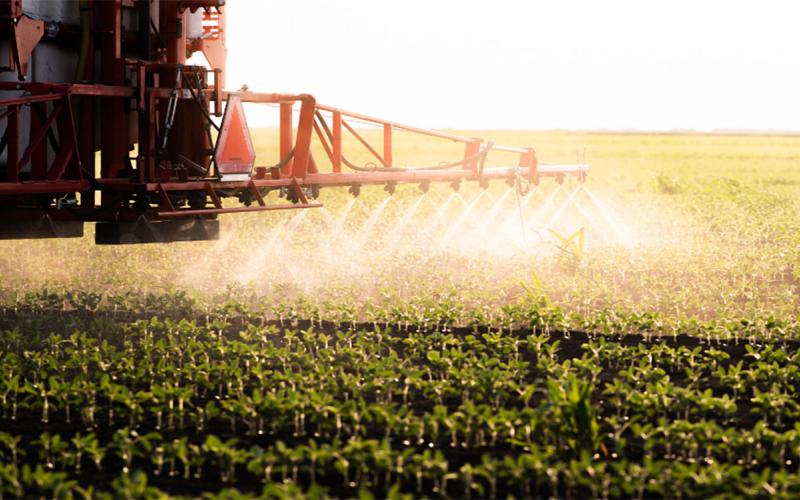
Commercial Applicator Training @ Brookings
SDSU Extension will host commercial applicator training in Brookings at McCrory Gardens (631 22nd Ave, Brookings, SD 57006) on February 5, 2026, from 8:30 a.m. - 4:00 p.m. CST.
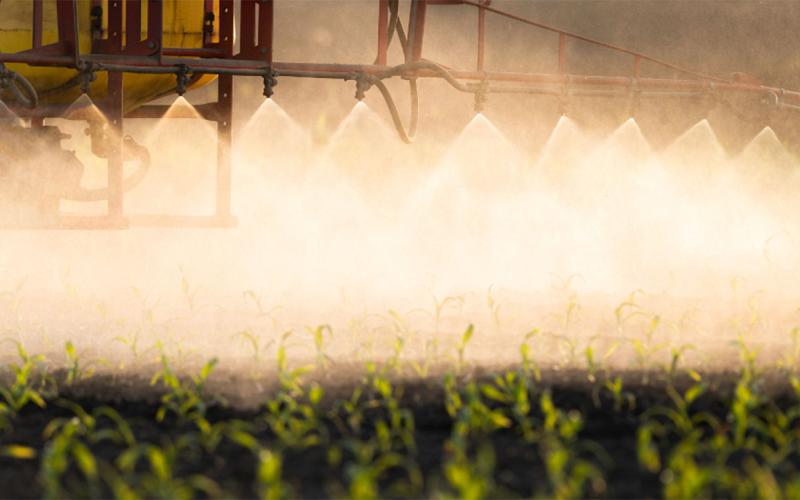
Commercial Applicator Training @ Mitchell
SDSU Extension will host commercial applicator training in Mitchell at the Highland Conference Center (2000 Highland Way, Mitchell, SD 57301) on January 29, 2026, from 8:30 a.m. - 4:00 p.m. CST.

Commercial Applicator Training @ Rapid City
SDSU Extension will host commercial applicator training in Rapid City at the DoubleTree by Hilton (505 N 5th St, Rapid City, SD 57701) on January 27, 2026, from 9:00 a.m. - 4:00 p.m. MT.
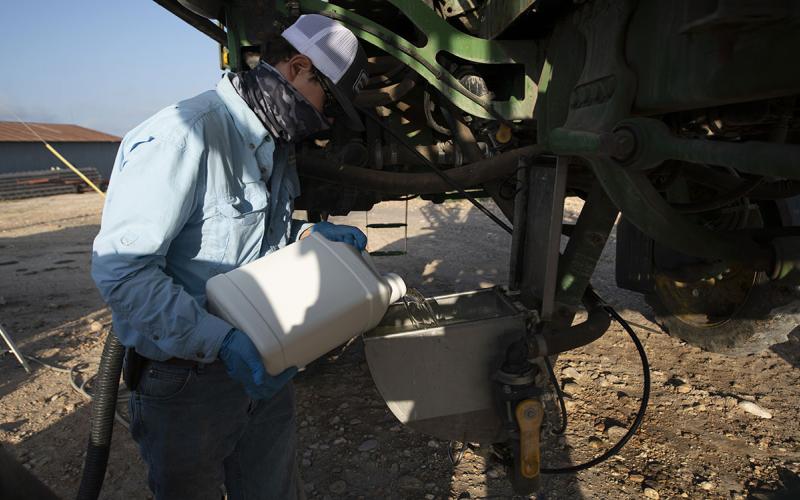
Commercial Applicator Training @ Sioux Falls Ag Expo
SDSU Extension will host commercial applicator training during the Sioux Falls Ag Expo at the Sioux Falls Convention Center (1201 N W Ave, Sioux Falls SD 57104) on January 15, 2026, from 8:00 a.m. - 1:00 p.m. CST.

Noxious and Pasture Weed Plot Data Report
Data books to use as a reference to select appropriate herbicide(s) for noxious and pasture weed
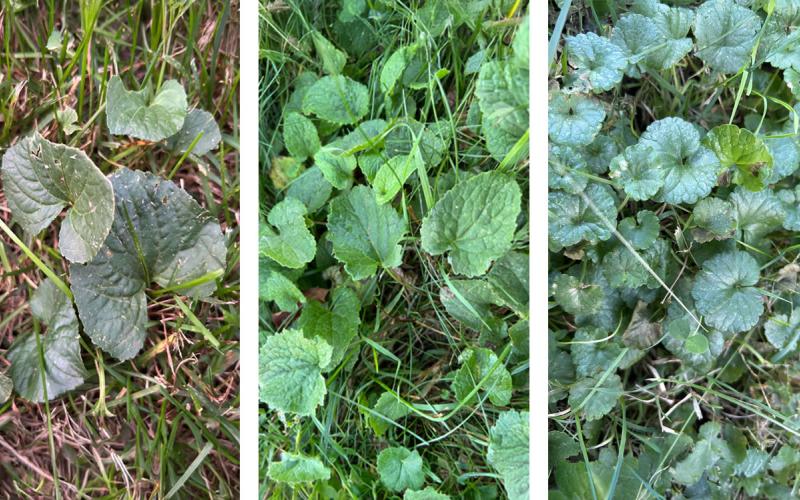
Perennial Weed Control in Lawns and Turf With Fall Herbicide Applications
Early fall is great time to control perennial weeds in lawns, including Wild violet, Creeping Bellflower, Ground Ivy, and Canada Thistle. Learn some expert tips selecting the right herbicides to manage these difficult-to-control weeds this fall.

Yellow Toadflax Has Begun Producing Seeds: Scout before treating infested areas
Yellow toadflax is a perennial weed that infests pasture and rangeland across South Dakota. This year, with an abundance of heat and moisture, plants flowered in early August and now have started to produce seeds.
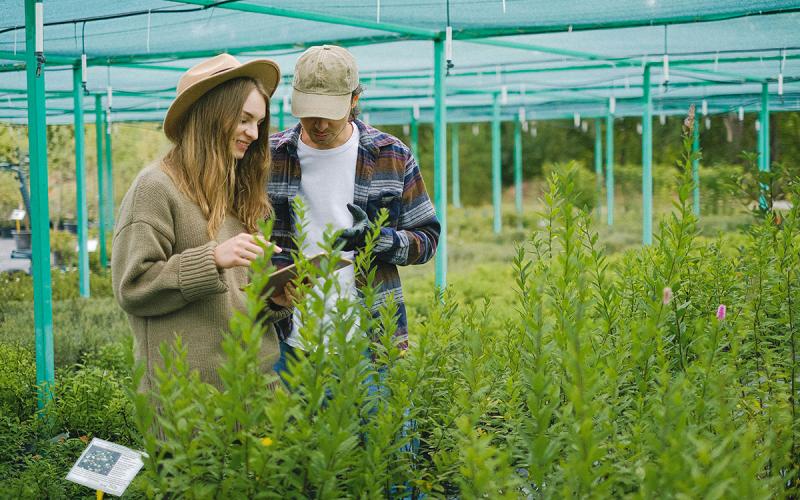
Home Horticulture Resources for Gardeners
Horticulture is the branch of plant agriculture dealing with garden crops. In addition to our website, there are many horticulture resources available on the web to provide research-based information to help every gardener succeed.
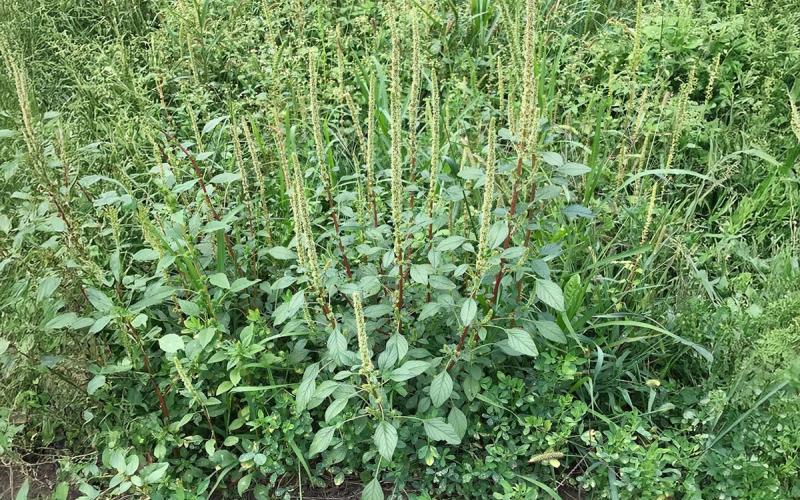
Palmer Amaranth Confirmed in Turner County: Is this weed in your fields?
Palmer amaranth has recently been confirmed in Turner County. Currently, the estimation of Palmer amaranth infestations has been confirmed in 18 counties across South Dakota
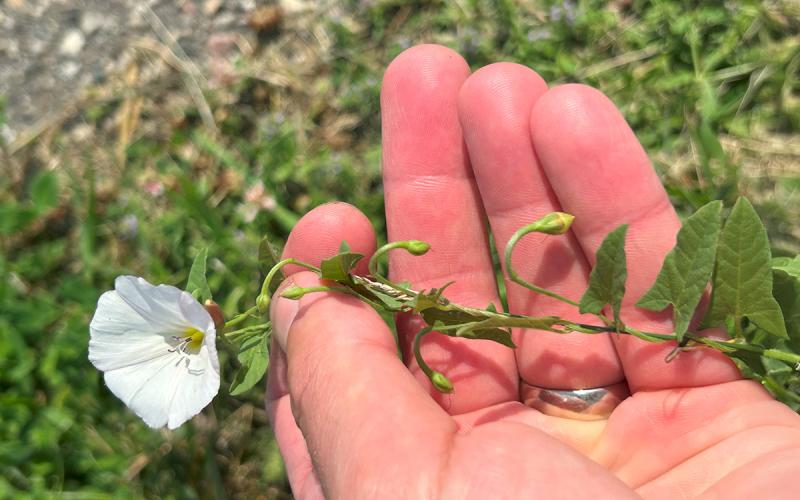
In a Bind With Field Bindweed?
It’s August and field bindweed, one of our most-persistent perennial weeds, is flowering. Although field bindweed is not statewide noxious, it’s locally noxious in Bennett, Bon Homme, Clarke, Lake, Stanley, and Yankton counties.